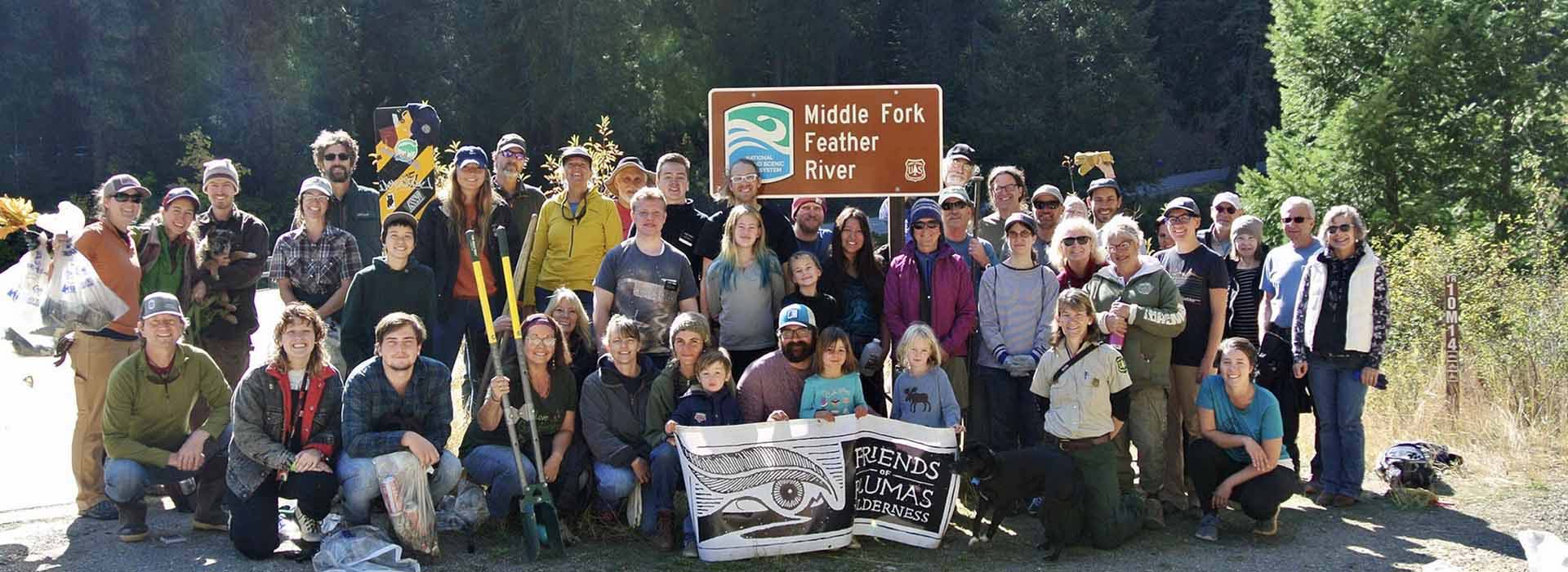
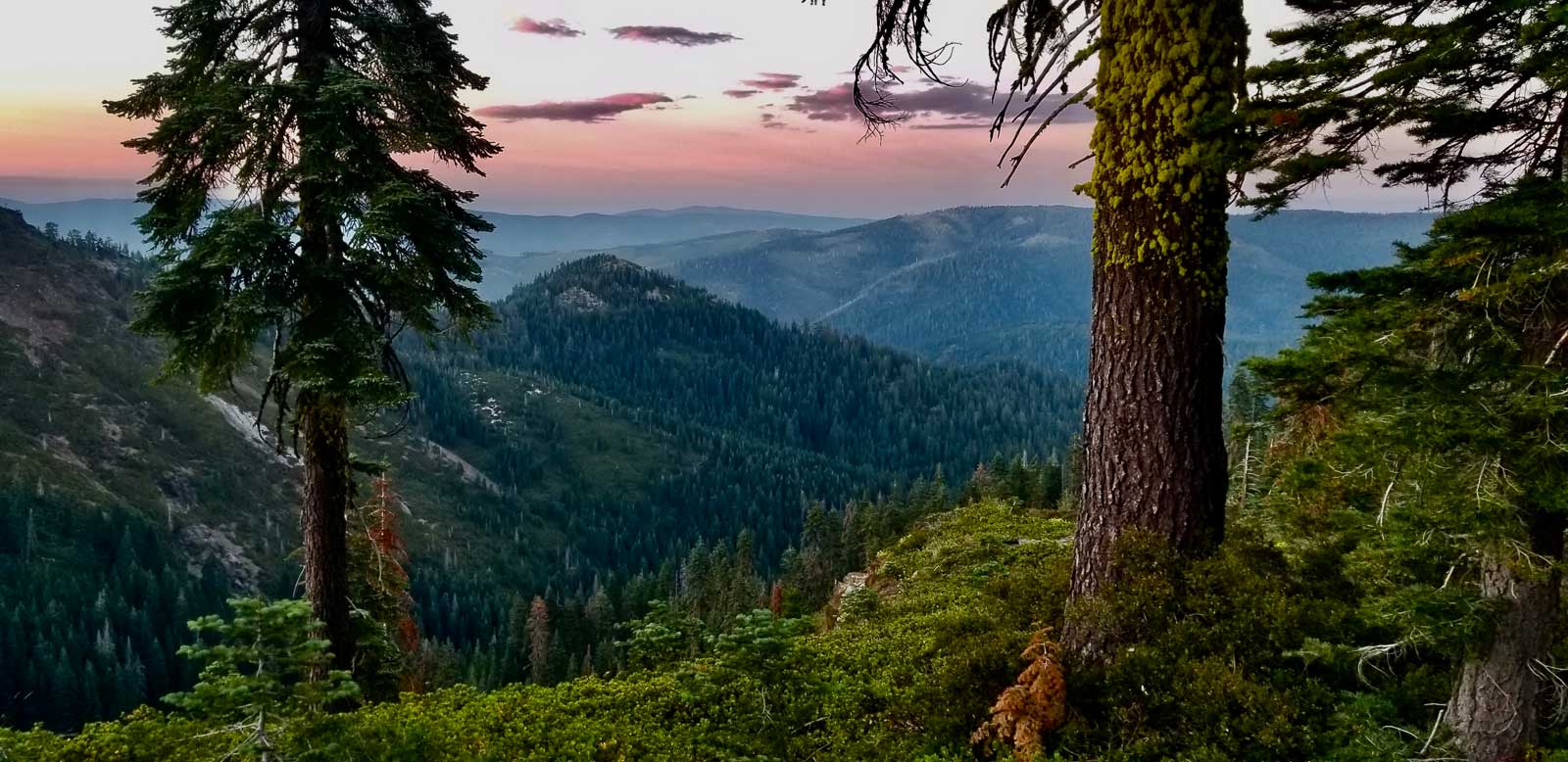

CONNECT WITH US
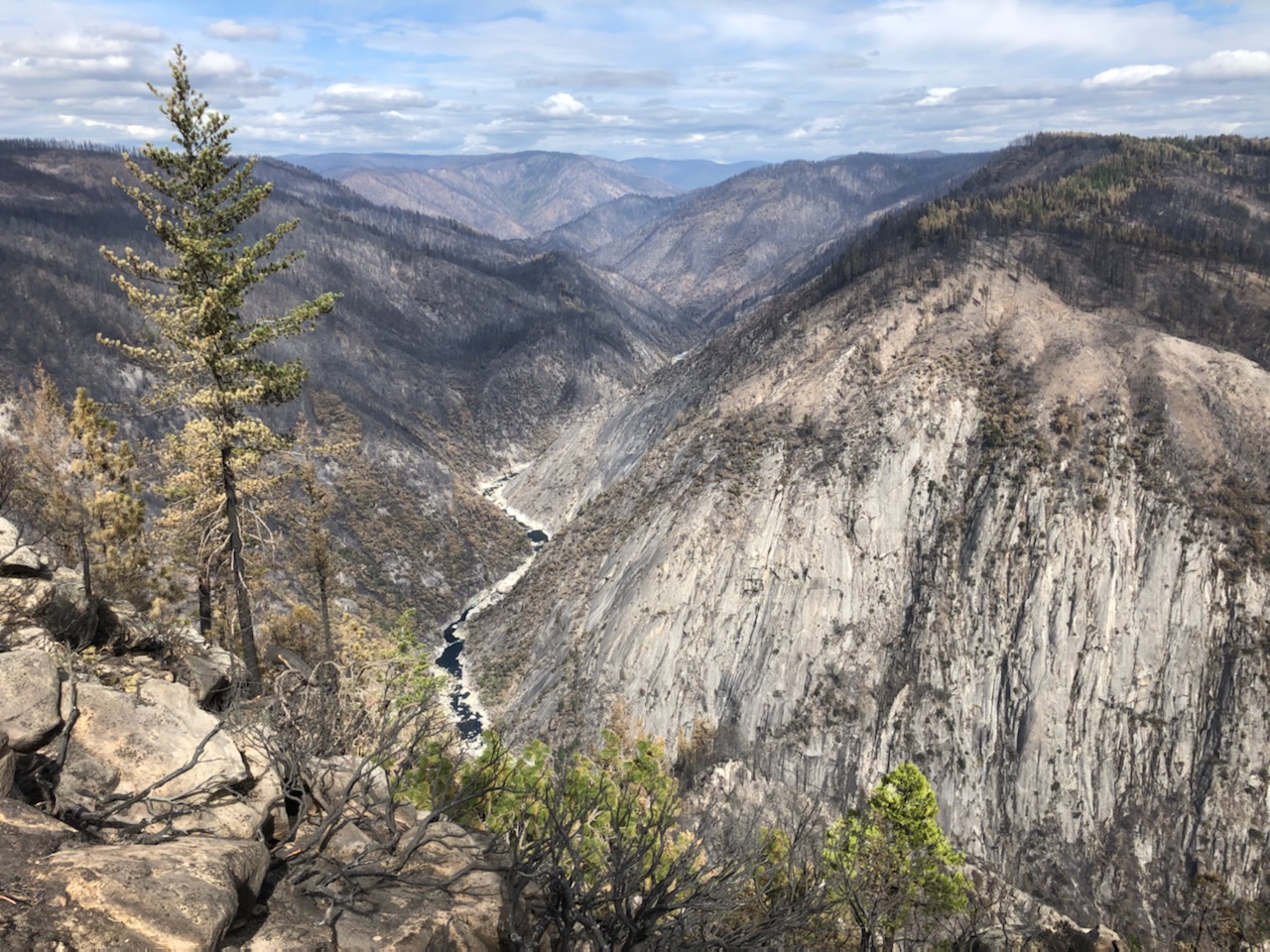

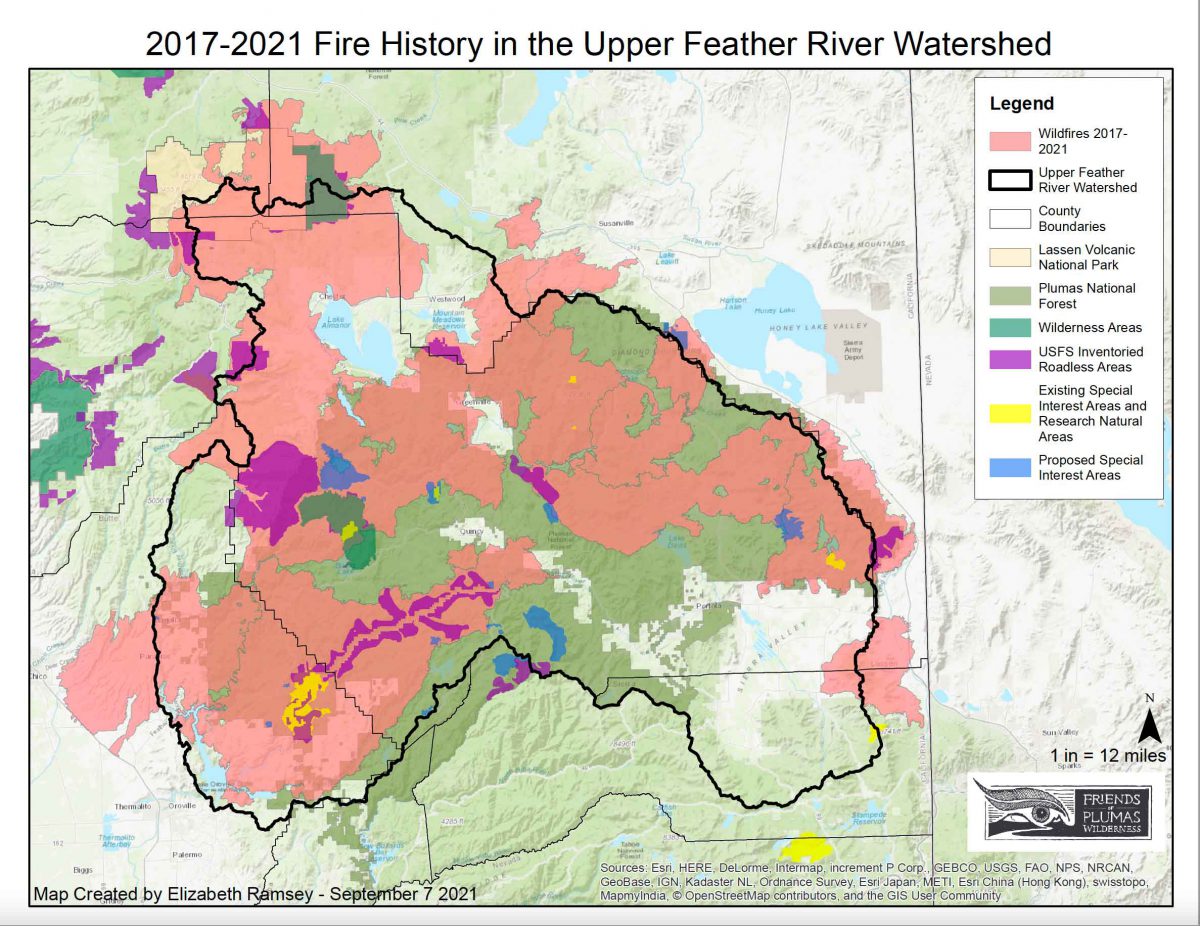
With the exception of last month’s post from our guest writer Austin Hagwood, a local man invested in the protection of the Middle Fork of the Feather River, the Friends of Plumas Wilderness Terrane blog has been silent since August. The silence was the first time since its inception in January that we hadn’t invited you to participate in our explorations of proposed Special Interest Areas, Inventoried Roadless Areas, and eligible Wild and Scenic Rivers in our watershed. The Dixie Fire had already displaced so many of us, and had burned so much of the public, private, and tribal lands that surround us, that frankly, the collective feeling of loss was simply overwhelming. Everyday living just felt too daunting for so many. Merely getting by warranted all of our attention. You know how it has been. It was hard to know what to say anyway. All of the wild places we’ve taken you to since January have burned.
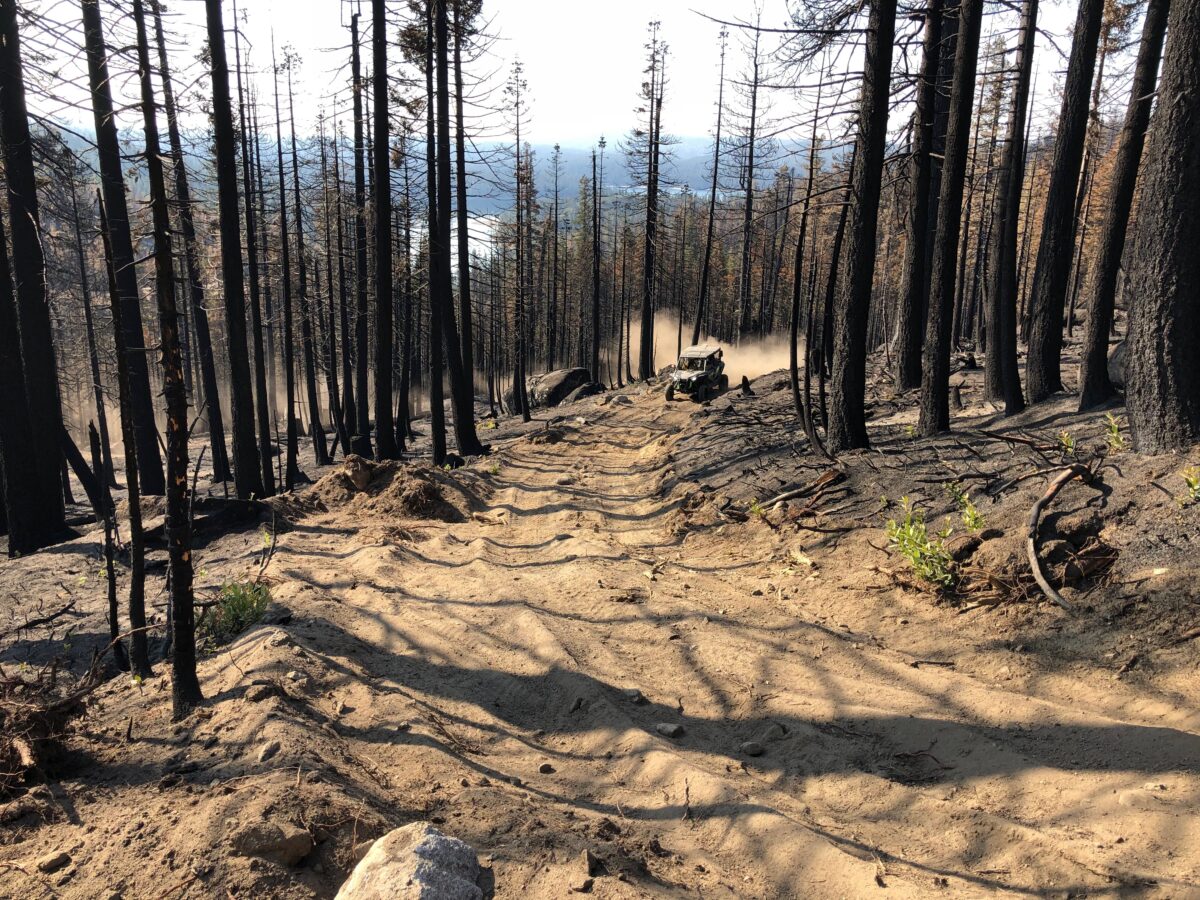
We were overcome by fire. Miles of dozerline have been cut into Bucks Lake Wilderness and beyond, and communities are turned to cinders. In both cases, though starkly different, immediate and lasting scars are what remains. Never before in our watershed has the fate of wild places and the fate of the towns dependent on them been so utterly apparent and intertwined. Forest and town are equally vulnerable; they thrive or suffer in direct proportion to one another. Rethinking how we tend our homeplace is on everyone’s mind.
Friends of Plumas Wilderness, like so many concerned folx, understand that a spirit of cooperation is necessary. The desire to work collaboratively has been in the air since COVID made plain the perils of isolation and the Bear Fire/North Complex drove home what living with catastrophic megafire will be like. No one single aim, no one single perspective, no one single agency or organization can or should be the engine for changing how we fight, use, or conceive of our relationship to wildfire. Nor should any one stakeholder determine how we protect and preserve our watershed and its people. As our communities and forests burn we need new communities of mutual care to sustain it all.
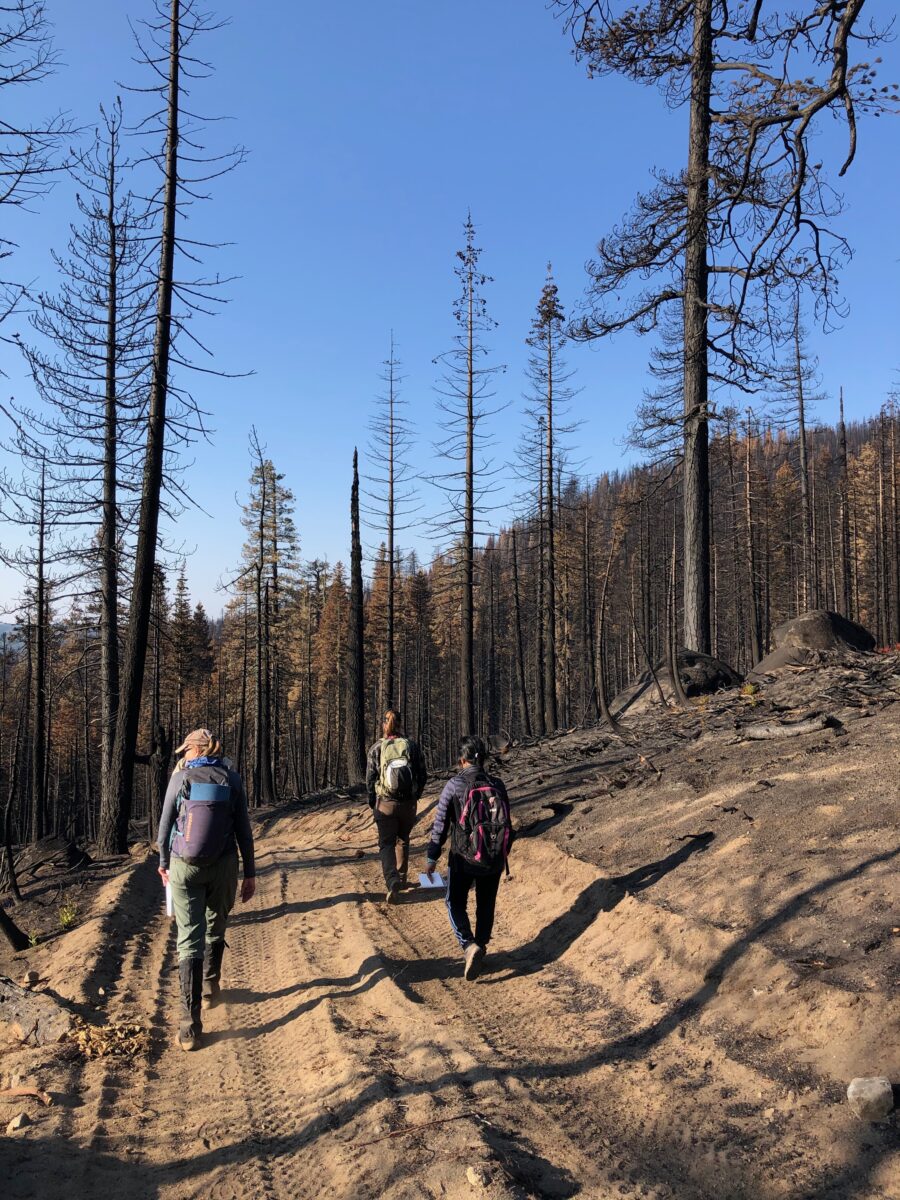
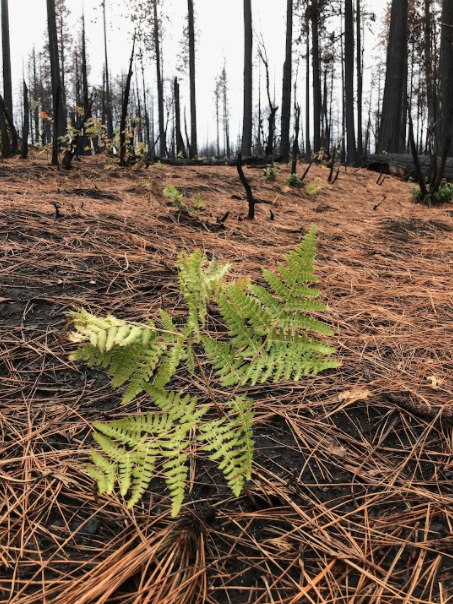
The immediate effects are devastating and the lasting effects are real. If the solution is collaboration, our collective efforts must be constant and tangible. Our health and the health of our watershed are mirrored in each other: for so many of us, wild places provide some combination of recreational and spiritual relief; at the same time, the intrinsic value of wildland goes well beyond the benefits it provides to humans. The value of wild places exceeds humans’ day-to-day self-serving needs. And yet, our communities, the working lands, and those wildlands beyond are interwoven, their problems are not unrelated, and therefore our solutions must be holistic. The entire watershed needs our attention, and in return we rely on it for our emotional, physical, and mental health—right now, as well as into the future. Wildlands hold the whole thing together, whether they are burned or not.
Friends of Plumas Wilderness will continue to focus on our mission, caring for wild places first and foremost. Friends became a membership organization for the first time ever during this most difficult year in order to address increasing threats to our communities, new trends in land use, and the ongoing crisis of catastrophic megafire. We hope you will join us in the necessary work toward the new future we all need and must build together. We ask that you consider showing your support for the wild as a FoPW member! When you are done reading this blog, please explore our new website and share your feelings in the “Protect Plumas” Public Outreach Survey.